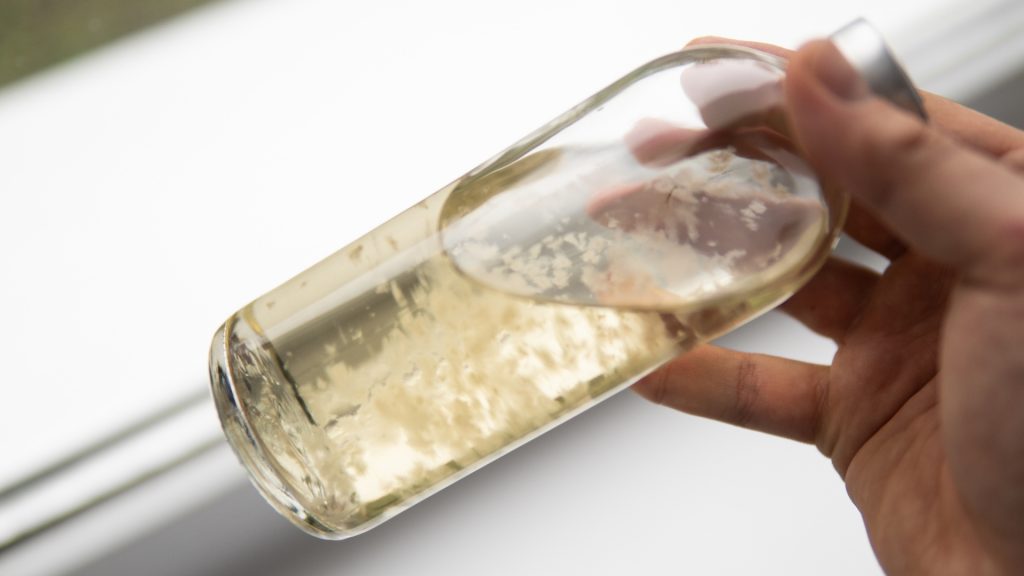- alumbunativemushrooms@gmail.com
- Free Shipping for all Order of 500 above

Mushroom liquid culture is a mixture of mycelium, the vegetative part of the fungus, suspended in a liquid growth medium. The mycelium is the source of all the genetic information needed to grow mushrooms, and the liquid culture provides a convenient way to transfer this information to the growth medium. The culture is usually made by transferring mycelium from a mature mushroom to a sterile growth medium that is then incubated until it forms a healthy, vigorous culture.
SHOPIt is often viewed as a cheap yet incredibly effective way to produce mushrooms at home, primarily due to the fact that many of the ingredients and tools are easy to source. However, liquid culture is not without its risks; a level of diligence is required to ensure that the environment stays sterile and within the ideal parameters.
Liquid cultures give growers an almost unlimited supply of mycelium, and therefore, you can produce as many mushroom flushes as you'd like. While home growing kits tend to offer several flushes, liquid cultures allow users to keep cultivation going as long as they desire.
Liquid cultures are also known to grow particularly fast once they colonise a grain substrate. This is due to the fact that the supply already has live mycelium present, and thus will flourish in a substrate much quicker than traditional spores.
As touched upon previously, the whole endeavour of performing liquid culture at home is pretty inexpensive. Essentially, all that's needed are a few household items. There's no intensive maintenance or home setup required, so it's a very accessible method.
Lastly, although there is some risk of contamination, it is incredibly low. Keep the workspace and equipment sterile (more on this later), and you simply can't go wrong.
Liquid culture is a combination of a sterilized nutritious solution, usually a mixture of water and various types of sugars inoculated with mycelium or fungus spores.
Advantages of liquid culture- Liquid culture is suitable to use in test tubes to grow bacteria, and may reveal information about the oxygen(O₂) requirements of growing bacteria within.